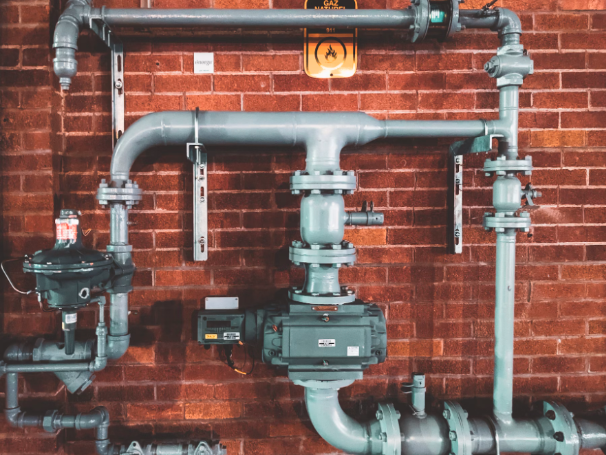Taming the Flow: How to Fix Water-Related Problems in Your Home

Water is essential in every home, but when it turns from friend to foe, it can cause inconvenience, damage, and even health issues. Leaks, poor water quality, low pressure, and aging pipes can all disrupt daily life and rack up unexpected costs.
Fortunately, many water-related problems are fixable with the right tools, upgrades, and preventative measures. Here’s how to take control of water issues and bring long-term peace of mind back to your plumbing.
Identify and Stop Leaks Early
One of the most common water problems homeowners face is leakage—whether it’s a dripping faucet, a toilet that won’t stop running, or a hidden pipe leak inside the walls. Over time, even small leaks waste gallons of water and can lead to mold, mildew, or costly structural damage.
Pay attention to rising water bills, damp spots, or musty smells. Once detected, fix these issues promptly with new washers, tightened fittings, or professional pipe repairs to prevent bigger problems from forming.
See also: Optimize Your Recurring Cleaning Service in Cypress TX
Upgrade with a Copper Repipe for Lasting Performance
If your home is older or experiencing frequent plumbing issues like discolored water, low pressure, or recurring leaks, it might be time to consider a copper repipe. Replacing outdated galvanized or plastic piping with copper ensures a stronger, cleaner, and longer-lasting system.
Copper pipes are highly resistant to corrosion, maintain steady water flow, and significantly reduce the risk of future water damage. While it’s a more involved fix, it’s a transformative upgrade that addresses the root cause of many water-related headaches.
Improve Water Quality with Residential Water Treatment Systems
Not all water problems are visible. Hard water, high chlorine content, or contamination can affect your family’s health and damage appliances over time. Residential water treatment systems—such as water softeners, reverse osmosis filters, and carbon filtration units—can remove impurities and improve taste, clarity, and safety.
These systems protect your pipes, improve the performance of appliances, and make everyday tasks like cooking and bathing more pleasant. Whether you’re dealing with mineral buildup or suspecting water contaminants, these systems are an essential solution.
Solve Low Water Pressure at the Source
Low water pressure can turn simple tasks like washing dishes or showering into frustrating experiences. The causes might range from clogged aerators and pipe corrosion to pressure regulator issues or a problem with your municipal water supply.
Start by checking your fixtures for buildup, and if that doesn’t help, inspect the plumbing lines or consult a plumber. If your home’s pipes are outdated or narrow, a full plumbing upgrade or copper repipe may be needed to restore proper pressure and flow.
Prevent Future Issues with Regular Maintenance
Prevention is always better than repair. Make a habit of checking under sinks, around water heaters, and near major appliances for signs of wear or leakage.
Flush out your water heater annually to prevent sediment buildup, and clean faucet aerators to keep water flowing freely. Maintaining your plumbing system and scheduling annual inspections can catch issues early and extend the life of your system.
